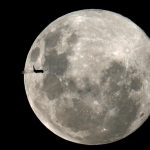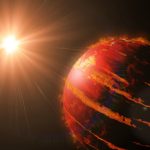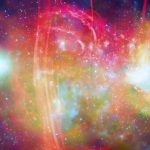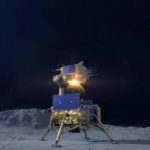Hubble Monitors Weird Dark Vortex on Neptune0
- From Around the Web, Space
- December 17, 2020
In 2018, astronomers using the NASA/ESA Hubble Space Telescope spotted a giant dark storm, which is 7,400 km (4,600 miles) across, in the northern hemisphere of Neptune. Observations a year later showed that the vortex began drifting southward toward the equator, where such storms are expected to vanish from sight. To the surprise of astronomers, Hubble spotted the vortex change direction by August 2020, doubling back to the north. At the same time as the spot’s stunning reversal, a new, slightly smaller dark feature appeared near its bigger cousin and later disappeared.
















